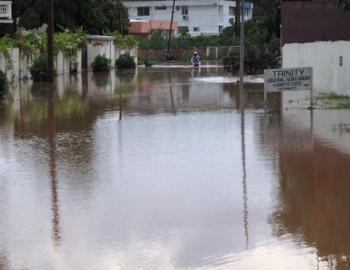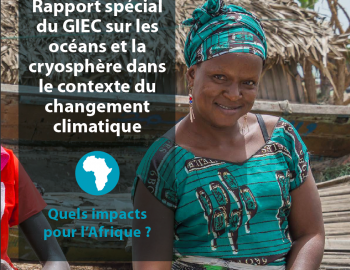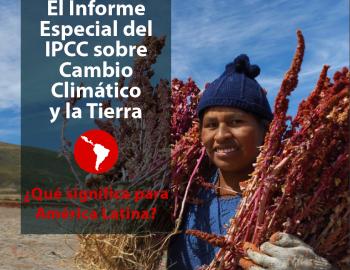REPORT: How the people of India live with climate change and what communication can do
REPORT: How the people of India live with climate change and what communication can do
This report seeks to build a picture of how people in India live their lives and deal with change, in order to understand their communication needs and help them respond to changes and variations in climate.
Climate Asia is the world's largest study of people's everyday experience of climate change. The project surveyed 33,500 people across 7 Asian countries. In India, the research was conducted from May to August 2012 across cities and villages in five states: Gujarat, Madhya Pradesh, Odisha, Tamil Nadu and Uttarakhand, and in the city of Mumbai. These particular states were selected to represent different geographic areas in the country, which include coasts, mountains, a delta, plains with large tracts of rainfed agriculture and a large city. They are also home to people in very diverse socio-economic groups. Climate Asia recorded the opinions, insights and needs of this population, about 70% of whom live on less than $2 (£1.30) a day.
Climate Asia conducted 24 focus group discussions with men and women from different social backgrounds across 8 locations in the chosen states and city in India. In addition, researchers held 8 community assessments with communities vulnerable to climate change, as well as 30 in-depth interviews with key experts and opinion-formers from government, civil society, business and academia.
Section 1 details how Indians in five states and one megacity live now – it focuses on their values as well as recent positive changes, including increasing development. Increased development has, however, come hand-in-hand with new concerns about the environment, including changes in climate and concerns about access to food, water and energy, which are highlighted in section 2.
In section 3, the report details how people are responding to change, while section 4 includes an analysis of the factors that enable and constrain this response, including the impact people perceive, how informed they feel and the extent to which they are engaged in their community.
Section 5 details the differences between states in terms of people’s perceptions of changes in climate, the impact on their lives and the actions taken.
Section 6 highlights how different stakeholders can use these insights to craft communication that supports people to respond to changes in climate.
Section 7 introduces segments for understanding people’s needs in India. Analysis of Climate Asia data allowed researchers to segment the people surveyed into groups. These segments help us to understand people’s needs, as well as to identify communication opportunities to enable effective action.
Section 8 details the communication channels Indians use now and how to best reach people through the media.
Finally, Section 9 builds on all of this information to identify three important priority audiences – farmers, urban poor and housewives – and highlights each audience's specific communication needs.



